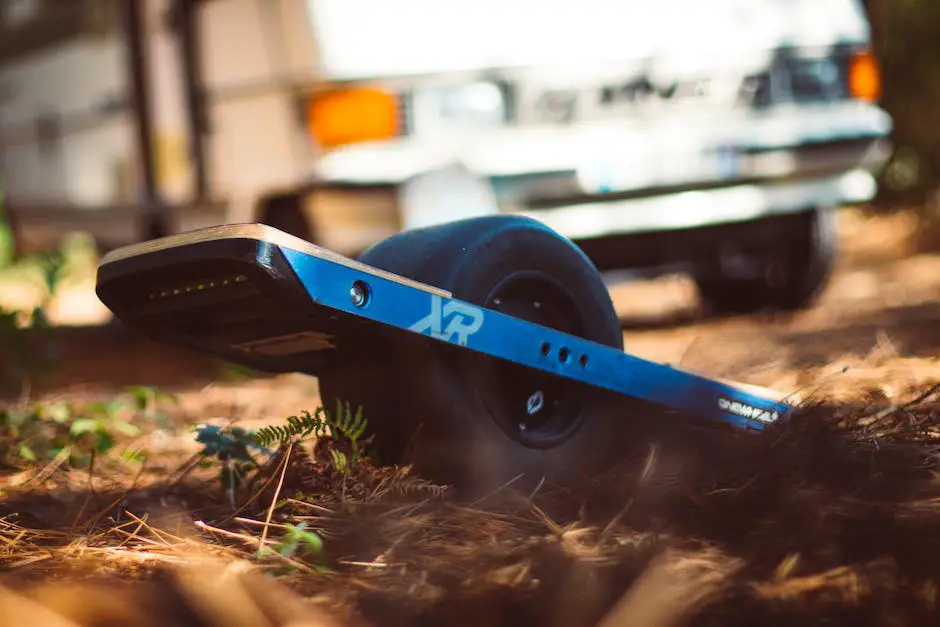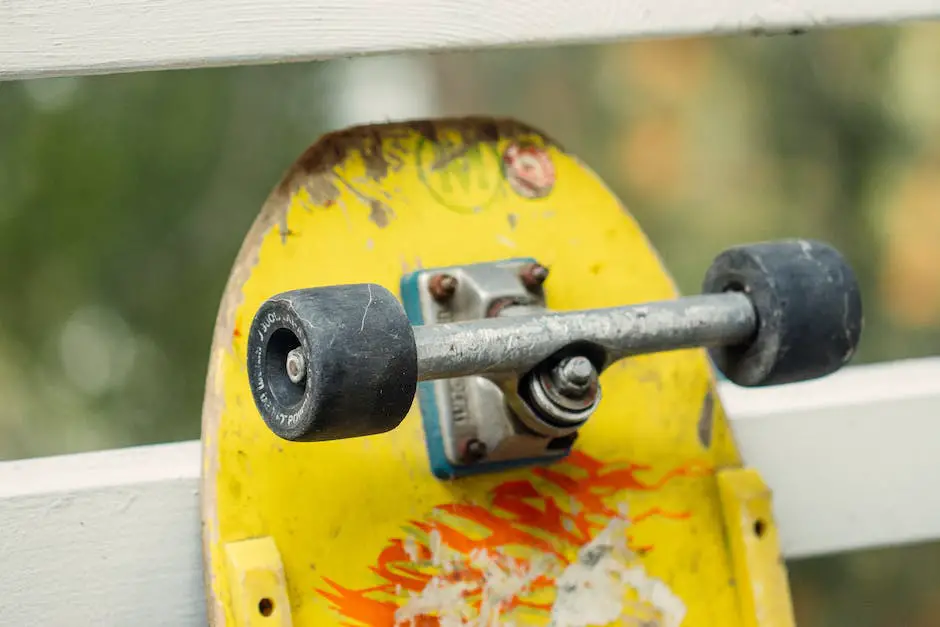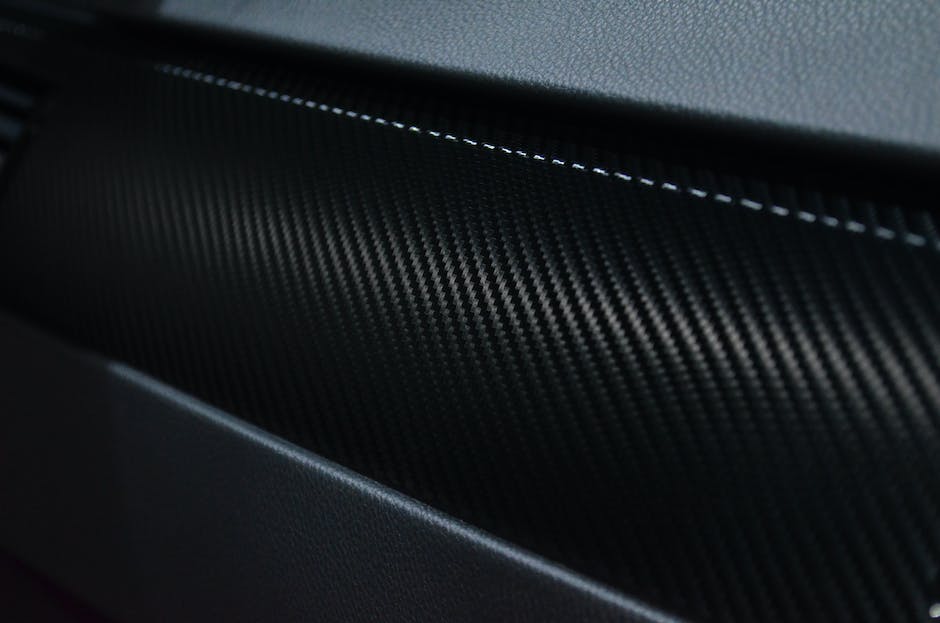The world of electric skateboards is evolving at an impressive pace, with advancements in technology and design enhancing the riding experience every day. A critical component of this evolution is the skateboard deck itself, the backbone of any electric skateboard. Selecting the right materials for the deck is paramount, not only for ensuring the board’s durability and performance but also for optimizing the rider’s experience. From the flexibility of bamboo to the strength of carbon fiber, each material offers distinct advantages. Let’s dive into how these materials and technological innovations shape the future of electric skateboarding.
Durability and Performance
Electric Skateboard Decks: The Critical Importance of Durability
In the world of electric skateboarding, the deck isn’t just a piece of wood that keeps your feet off the ground; it’s the backbone of the entire setup. Durability in electric skateboard decks is not just a feature; it’s a necessity. Here’s why:
- First off, consider the loads an electric skateboard deck must endure. Unlike traditional skateboards, electric versions carry the added weight of batteries and motors, not to mention the dynamic forces when cruising at higher speeds or navigating city obstacles. A deck that flexes too much under this strain can lead to instability, making the ride unsafe.
The materials and construction of the deck come into play here. Many are made from layers of bamboo or maple, known for their strength and flexibility, while others might incorporate carbon fiber for its light-weight and rigidity. This isn’t just about picking tough materials; it’s about engineering a deck that can withstand daily use over various terrains without fracturing or warping.
- Another aspect to consider is the longevity of the skateboard. Durability means fewer replacements and repairs, which is not just good for your wallet but also for the environment. A well-made, durable deck ensures a longer lifespan of the skateboard, reducing waste and the need for new materials.
Furthermore, the performance of an electric skateboard is significantly impacted by the condition of the deck. A deck that maintains its integrity over time will offer a consistent ride, with reliable handling and responsiveness. This is crucial for those relying on their electric skateboards for commuting as well as for enthusiasts pushing their limits in recreational use.
- Lastly, safety cannot be overstated. A deck that suddenly snaps or fails can lead to serious injuries. Manufacturers, therefore, prioritize durability to ensure their products are safe to use under the expected conditions. This involves rigorous testing standards to simulate extensive use, ensuring that the decks can hold up under pressure.
In conclusion, durability in electric skateboard decks is paramount. It’s about ensuring safety, achieving optimal performance, guaranteeing longevity, and providing value for money. As electric skateboarding continues to grow in popularity, the demand for high-quality, durable decks will only increase, pushing the industry toward innovations that can meet this critical need.

Material Technologies
In exploring the evolution of electric skateboard decks, it’s crucial to dive into the advancements in material technology that have significantly elevated the sport and hobby. These innovations are not just about making boards look sleek or fancy; they’re about enhancing performance, rider safety, and the overall skateboarding experience.
One of the most groundbreaking developments is the integration of carbon fiber into deck construction. Unlike traditional wooden decks, carbon fiber offers an unmatched strength-to-weight ratio. This means that electric skateboard decks can now be lighter without sacrificing durability. A lighter board translates to better handling and acceleration, making it ideal for both commuting and performing tricks. Moreover, carbon fiber’s stiffness ensures a stable ride at high speeds, reducing the risk of wobbles that can lead to falls.
Another innovative material that’s changing the game is bamboo. Bamboo decks bring a unique combination of flexibility and strength to electric skateboards. This natural material can absorb shocks and vibrations from uneven terrains, providing a smoother ride. Additionally, bamboo’s natural flex allows for a responsive board that can endure the dynamic loads and strains typical of electric skateboarding. It’s also worth noting that bamboo is a more sustainable option, aligning with the growing demand for eco-friendly transportation solutions.
Composite materials have also made their way into electric skateboard deck technology. By combining various materials like fiberglass, bamboo, and foam cores, manufacturers can create decks with tailored properties. These composites can be engineered to optimize flex patterns, enhance durability, and minimize weight. The result is a deck that supports a wide range of riding styles and environments, from urban commuting to downhill racing.
Waterproofing technologies are another vital advancement. With electric skateboards housing batteries and electronic components, protecting these from water damage is paramount. Advances in deck materials and sealing techniques have led to boards that can withstand moisture, allowing riders to venture out regardless of the weather.
In the realm of customization, 3D printing is opening new possibilities. Riders can now personalize their electric skateboard decks down to the finest detail, including shape, flex, and even embedding electronic components directly into the deck. This customization not only enhances the skateboarding experience but also pushes the boundaries of what’s possible in board design.
The ongoing pursuit of stronger, lighter, and more versatile materials for electric skateboard decks underlines the industry’s commitment to innovation. These material advances ensure that electric skateboards are not only a mode of transportation but a continually evolving sport where the limits are defined only by creativity and the relentless march of technology. As we look to the future, the integration of new materials and techniques promises to further transform the electric skateboarding landscape, making it more exciting, accessible, and enjoyable than ever.

Rider Experience
Riding Experience and Deck Materials: A Closer Look
The choice of deck material in electric skateboards significantly influences the rider’s experience, shaping factors such as comfort, control, and overall enjoyment of the ride. Understanding this impact requires a dive into the nuances of how materials like composite blends, traditional wood, and cutting-edge synthetics interact with the dynamics of skateboarding.
Deck Flexibility and Rider Comfort: The role of deck flexibility is paramount in determining rider comfort. Materials such as bamboo are renowned for their natural flex, which acts like a shock absorber on rough surfaces, making rides smoother and less jarring. Conversely, stiffer materials, including some carbon fiber and composite constructions, while offering increased stability, may transmit more vibrations to the rider, potentially leading to fatigue during longer rides. This balance between flexibility and stiffness is crucial; it affects not only comfort but also how well a rider can maneuver the board.
Weight and Maneuverability: The weight of the deck, dictated by the material choice, profoundly affects the skateboard’s maneuverability. Lighter decks, often made from advanced materials like certain carbon fiber constructions, facilitate quicker turns and easier lifting for tricks. Heavier decks, on the other hand, may offer a grounded feeling that some riders prefer for stability at high speeds but can make the board less agile in urban environments or when performing airborne stunts.
Grip and Control: Deck construction also influences the surface grip, another aspect critical for control. The texturing and finishing techniques applied to different materials can vary, impacting how well shoes adhere to the deck during rides. For example, certain wood decks might provide a more organic texture that many riders find comfortable and grippy, while composite or carbon fiber decks can offer a more uniform, sometimes slicker, surface that might require additional grip tape for optimum control.
Aesthetics and Personal Expression: Beyond performance, the material choice offers avenues for personal expression through aesthetics. The natural grains of wood decks, such as maple or bamboo, provide a classic, earthy look that many find appealing. In contrast, modern materials like carbon fiber and various composites allow for a more customizable appearance, including colors, patterns, and even integrated lighting configurations for those looking to make a statement with their board.
Thermal Conductivity and Electronics Protection: Considering electric skateboards house batteries and motors, the deck’s thermal properties influenced by material choices become relevant. Materials that dissipate heat efficiently can help maintain optimal performance of electronic components, preventing overheating during operation. Composite materials engineered for thermal management not only protect the electronics but can also extend the life of the board by reducing the thermal stresses on all parts.
In conclusion, the interplay between deck materials and rider experience is multifaceted, encompassing practical aspects like comfort, control, and protection of electronics, as well as subjective preferences in aesthetics and feel. Riders must consider these factors, along with their personal riding style and where they’ll be skateboarding, when choosing a board. As the industry continues to innovate, new materials and construction methods will further refine the riding experience, pushing the boundaries of what is possible with electric skateboarding.

Environmental and Economic Considerations
When delving into the choices of deck materials for electric skateboards, it’s crucial to understand their broader implications, particularly concerning environmental sustainability and economic efficiency. The materials selected for the construction of skateboard decks not only affect the rider’s experience and the board’s performance but also have broader impacts on our planet and may influence manufacturing costs and product pricing.
Starting with environmental implications, it’s essential to grasp how different materials contribute to or detract from sustainability goals. For instance, bamboo, known for its rapid growth and biodegradability, represents a more sustainable choice over traditional hardwoods or synthetic materials that might not decompose as easily. Its cultivation requires less water, fewer pesticides, and sequesters carbon dioxide, making bamboo decks a greener choice. On the flip side, materials like carbon fiber, while offering superior performance benefits such as incredible strength and lightweight properties, pose significant environmental challenges. The production processes for carbon fiber are energy-intensive and emit sizable amounts of greenhouse gases. Additionally, at the end of its lifecycle, carbon fiber is difficult to recycle, often ending up in landfills where it does not decompose.
Economically, the choice of materials impacts the cost of production and, consequently, the retail price of electric skateboards. Materials like bamboo tend to be more cost-effective due to their abundance and easier processing techniques. This affordability can be passed on to the consumer, making bamboo decks a popular choice for those seeking a balance between performance, sustainability, and price. On the contrary, the high cost of producing carbon fiber and the complex manufacturing processes involved often translate to a higher price tag for skateboards featuring this material. However, for enthusiasts and professionals for whom performance outweighs cost, the investment in a carbon fiber deck might be justifiable.
Composite materials present a middle ground, blending various fibers and resins to engineer decks that aim to offer the best of both worlds – durability, lightness, and flexibility – while attempting to keep costs manageable. The mix of materials like fiberglass, bamboo, and foam cores allows manufacturers to tailor decks to specific riding styles and preferences. Even so, the environmental impact and recyclability of these composites can be mixed, depending on the resins used and the feasibility of separating materials for recycling.
Advancements in material science and engineering continue to push the boundaries of what’s possible in electric skateboard deck manufacturing. Innovations such as the use of bio-based resins and recycled materials are making strides toward more sustainable and economically viable deck options. The adoption of 3D printing technology not only allows for unparalleled customization but also promises reductions in material waste during the production process.
In sum, the choice of deck material for electric skateboards encapsulates a complex interplay between environmental considerations, economic factors, and rider preferences. As the market evolves, the challenge lies in balancing these aspects to advance the industry sustainably and inclusively, making electric skateboarding accessible and enjoyable for all, while minimizing its footprint on our planet.

As we’ve seen, the choice of material for electric skateboard decks goes far beyond mere aesthetics. It’s about finding the perfect balance between durability, performance, and rider satisfaction. Innovative materials like carbon fiber and advanced composites are setting new standards for strength and weight, while the design and manufacturing processes are becoming more eco-friendly and cost-effective. Ultimately, the advancements in skateboard deck technologies not only promise a better riding experience but also pave the way towards a more sustainable and exciting future for electric skateboarding.

